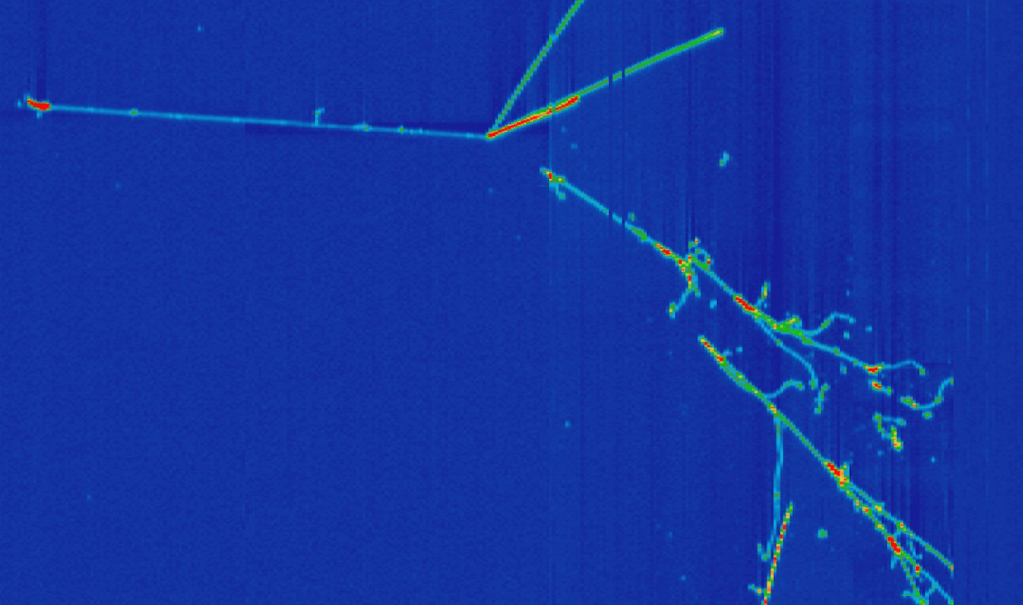Fundamental things you should know about the neutrinos — and other things no-one told ya’.
I am searching the PDG-2011 for knowing what we know about the neutrinos for sure. I am motivated to read the MINOS paper of neutrino speed measurement which I haven’t read so far, after I read the 24 page OPERA paper, that is definitely going to create a lot of news, at-least a deal of consternation in scientific community and the associations, for a long time to come.
The MINOS has given it’s result in 2007 and from the outset a joy to read. Quite some Physics I expect. They have talked about their life-time based neutrino mass < 50 MeV, I will read this, once I finish with my PDG expedition, but the question in my head: how will MINOS result change, if they use a mass < 2 eV? instead of their lifetime mass < 50 MeV, are they using their native mass measurements or using ‘nominal’ PDG value?
Another unrelated question in my head: important question, what is the speed of cosmic rays and OMG particles, do they also violate photon-speed limit?? These particles are extremely energetic, the most energetic known to date, hence from their energy view point, the rest mass is essentially zero. With such energy do they violate the speed limit or do they not? [Remember rest mass can never be zero, but it can be a very small value]
Back to fundamental knowledge of the neutrino.
| (tritium decay) | Mass m <2 eV | |||||||||||
| (reactor) | Mean life / mass, τ/m >300 s/eV | |||||||||||
| (solar) | Mean life / mass, τ/m >7 × 10 9 s/eV | |||||||||||
| (accelerator) | Mean life / mass, τ/m >15.4 s/eV | |||||||||||
Amazing: the life time to mass ratio of the neutrino is a mystery. Reactor life-time to mass is 20 times that of accelerator type and the solar type is half a billion times higher than that of the accelerator type.
This definitely has got something to do with energy !
Well everything does.
Now mass must be the rest mass, which must be fixed, among the 3 neutrino flavors, if not individually. Still, that means; life time is higher, if a high energetic reaction produces it. Can it be like that?
Create a new field of research “energy can determine how long you will live” perhaps everything in a high-energetic reaction is living for quite long because there is no process that the participant finds itself in, where it can waste it’s energy.
On earth therefore the life time of constituent matter is small unless a high energetic process produced it and the matter constituent survived for quite long.
So all protons were produced in an extremely energetic process, perhaps when nuclear fission and fusion were happening everywhere, then the Universe cooled, but the protons had no one to share this energy with, so they have a long long long life of ~10^30 years.
They took their last energy lunch a billion years ago, when Universe created itself, but now they are sure they will survive that long.
I found the answer to my question why protons and neutrons have such a long life time, in another blog, I get my answers so accidentally, but there is a reason to that.
Now the neutrons outside the nucleus have a 15 minute only to tell their life story and to sadden you a little, but when they are with the protons, they live the same amount of time.
That just means the proton has a partner who it can share with, the energy it has.
Perhaps the nucleons were created with such a “purpose”, they were imparted so much energy and created in such a way, they could never share it with others, this energy, which will mean all forms of matter, that creates from these baryons, will be very stable for billions billions billions of years.
Now neutrons being slightly heavy, protons are perhaps just a way for neutrons to lose their energy, neutrons convert into protons, protons convert into them, the resulting neutrons, if they are free, have a way to spend all their energy and vanish in 15 minutes.
But if the neutron turns back into a proton, that possibility was hindered.
There are many types of beta-decays which intermediate these processes and that only means a tiny energy leak into the external world but a vast window of possibility, where the neutrons may be available to a “free” world where they can spend their energy.
Now the neutrinos if they were produced in supernovae, it just means they would have a very high life-time to mass ratio. One needs to check this for validity of such a fact.
One thing to remember about the neutrino is their mixing. Their flavor have different eigen-states from their mass. So, definite masses are not assigned from measurement to their individual flavor states: m, t, e; since the mixing of their charged-current-weak states to their mass states involves two large mixing angles, as has been measured so far.
The detail is to be found here..
I might update this article, with what I find from the MINOS paper, when I read that, for now this is so interesting I must share with you …
You might wanna check the comment section for more content related to this.

Leave a comment